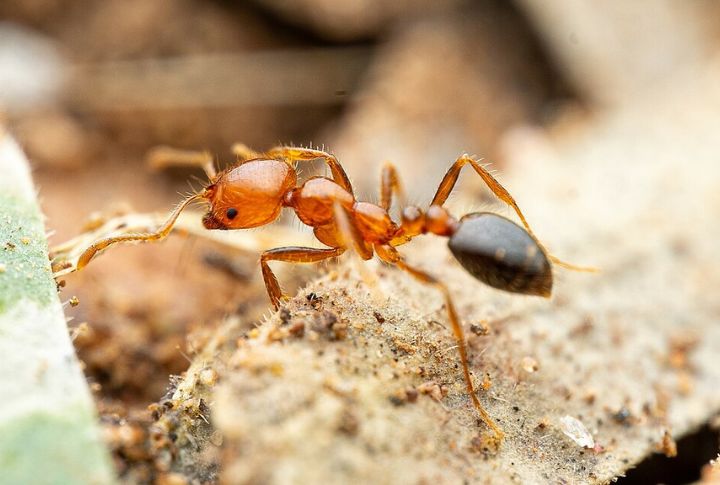
Ants usually mind their business, but a few troublesome species are stirring up alarm in backyards and parks nationwide. Their venomous stings and rapid spread leave homeowners and experts on edge. Many states are now scrambling to control this creeping threat. Check out 20 places where toxic ant sightings have become an unsettling new worry.
Texas

Rasberry crazy ants are swarming Southeast Texas, blanketing lawns and crawling into homes. Power boxes short-circuit due to massive colony movement. Unlike native ants, they reproduce aggressively and resist many treatments. Extermination efforts grow expensive as neighborhoods struggle to keep infestations under control.
Georgia

Agricultural officials in Georgia cite fire ants as a major issue for both crops and livestock. Mild winters help colonies persist while mounds pop up on properties statewide. Many pesticides prove ineffective, which allows these resilient ants to spread into new counties each year.
Louisiana

Floodwaters aren’t slowing down fire ants in Louisiana—they’re helping them float to new territories. These waterborne clusters survive extreme conditions and bite with little warning. Swampy conditions and rising humidity support super colonies that thrive in both rural areas and residential backyards.
Mississippi

Cotton growers and cattle ranchers in Mississippi are dealing with ant-induced losses. Mounds cover pastures and road edges, while livestock fall victim to swarming attacks. Winter temperatures rarely dip low enough to reduce colonies, which leads to constant alerts and ongoing control efforts.
Alabama

Ant mounds are popping up across Alabama in record numbers. They’re causing blackouts, pushing out native insects, and even driving birds away. Rural and urban areas alike are affected. Homeowners pour money into pest control, but the colonies keep spreading faster than they can be stopped.
South Carolina
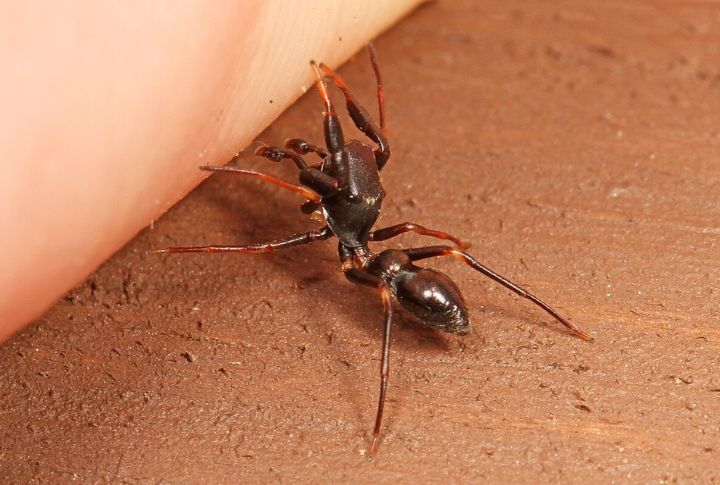
South Carolina’s latest issue stems from hybrid ants formed between fire ants and native species. These new hybrids display heightened aggression and broader resistance. Officials have tracked their presence in more than 40 counties, with attacks increasingly reported on golf courses and in public parks.
Arkansas

As fire ants push northward, Arkansas enforces quarantine zones for soil and mulch. Colonies continue to adapt to changing temperatures, maintaining strongholds in colder areas. Mound counts rise particularly fast in rural counties, which raises concerns for agriculture and residential infrastructure.
Oklahoma

Ant colonies have blanketed Oklahoma’s southern regions. Neither droughts nor treatments appear to slow their expansion. Once settled, mounds multiply across yards and farmland. Residents report the need for repeat applications while local officials prepare updated containment plans to curb further spread.
Tennessee
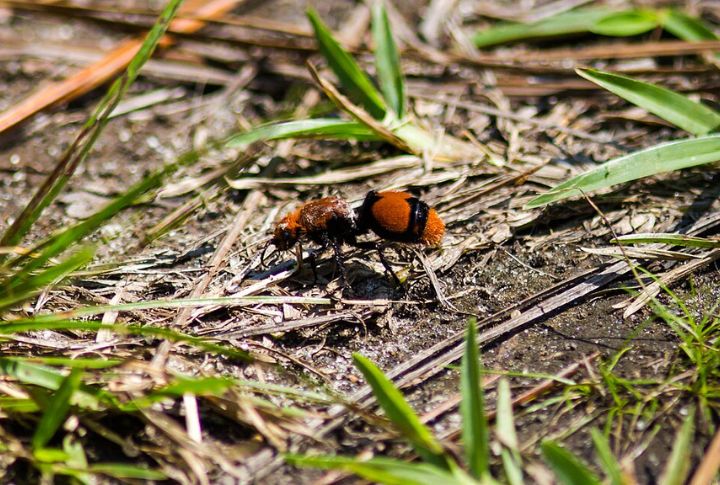
Middle Tennessee has recently confirmed multiple infestations across previously unaffected zones. Quarantine rules now apply to nurseries and landscaping products. Warm-weather seasons allow colonies to flourish. In turn, native species decline as invasive ants outcompete them for food and territory.
North Carolina
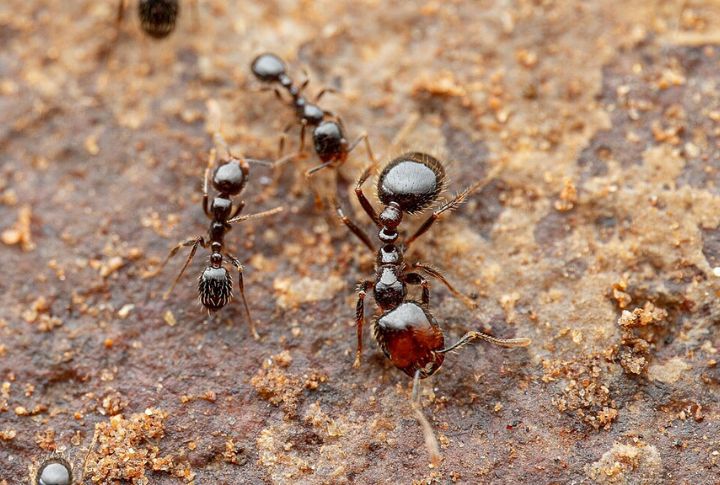
Mountain towns in North Carolina now see infestations where fire ants weren’t expected before. Storm systems dislodge colonies and scatter them across trails and farmland. The state’s agriculture department advises hikers and homeowners to stay alert, especially after rain or flooding.
Virginia

Each year, fire ants move farther north through Virginia. Public parks, sports fields, and even schoolyards report mounds. Unusually mild winters help colonies survive longer. Moreover, extension offices urge outdoor enthusiasts to inspect equipment before relocating it to uninfested areas.
California
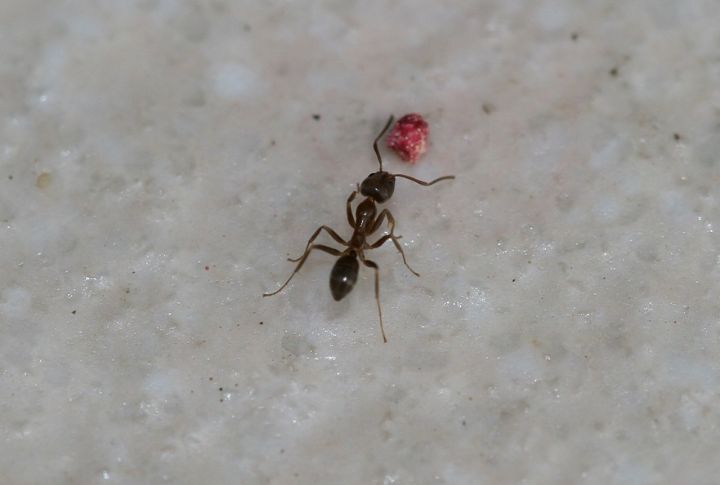
Argentine ants dominate California’s suburban terrain. These massive colonies, often spanning hundreds of miles, outcompete local insects and birds. Farmers report crop damage due to aphid farming behavior. Because of their size and structure, managing or eliminating them presents a huge logistical challenge.
Arizona

In Phoenix and surrounding areas, tawny crazy ants crawl into electronics and damage HVAC units and vehicles. Rapid recovery after treatments makes them particularly difficult to manage. Local pest control services now specialize in fighting these ants, especially during peak nesting months.
New Mexico

Irrigation lines and shaded lawns create ideal habitats for fire ants in New Mexico’s arid zones. Ranchers encounter more livestock injuries, largely in rural counties. As development increases, colonies hitch rides in soil and landscaping supplies, which leads to fast, uneven spread.
Nevada

Red fire ants in Nevada survive desert conditions by nesting in irrigated areas, most commonly near golf courses. Emergency rooms report rising bite-related visits during summer. State officials monitor valley regions where sightings concentrate, hoping to prevent larger infestations before they take hold.
Utah

St. George reports Utah’s earliest confirmed fire ant mounds. Statewide alerts follow, especially for residents near parks and gardens. Officials track the ants to prevent expansion toward central Utah. Besides that, conservationists warn about possible threats to sensitive species like the desert tortoise.
Kentucky

Southern Kentucky is seeing more fire ants than ever. Sod deliveries face inspections as mounds appear in farms, parks, and landscaped areas. Consistent rain and heat give the ants perfect soil to move quickly. Local gardeners now spot infestations where there were none just weeks ago.
North Florida

Near Jacksonville, tawny crazy ants have begun displacing older fire ant colonies. Electronics fail as ants swarm appliances and outlets. Their resistance to common baits adds to the problem. Residents notice infestation spikes in damp areas around basements and garage foundations.
Missouri Confirms New Ant Outbreak Zones
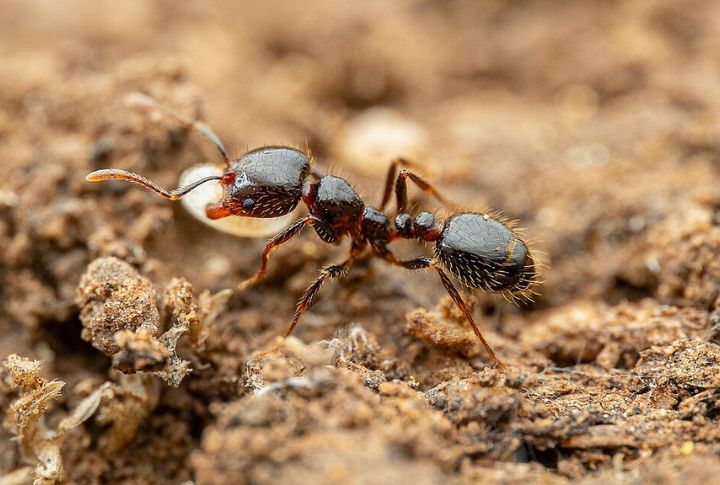
Southern Missouri faces fire ant outbreaks, especially around the Ozark foothills. Rural residents spot mounds in pastures and gardens. Pest alerts target counties with mild winters. Local agencies ramp up public workshops teaching safe identification and responsible extermination.
Maryland Faces Hidden Fire Ant Pockets
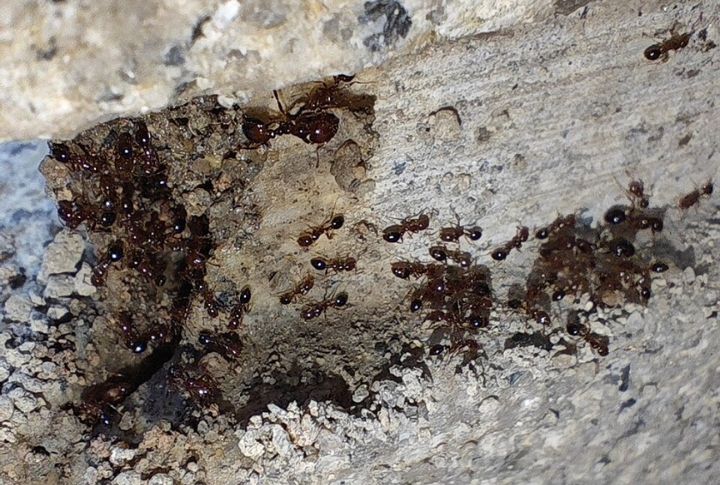
Port cities in Maryland report the first confirmed fire ant sightings. Experts trace their arrival to shipping routes. Nests are highly defensive and put outdoor recreation at risk. Bee populations and other pollinators may suffer as invasive colonies gain ground.
